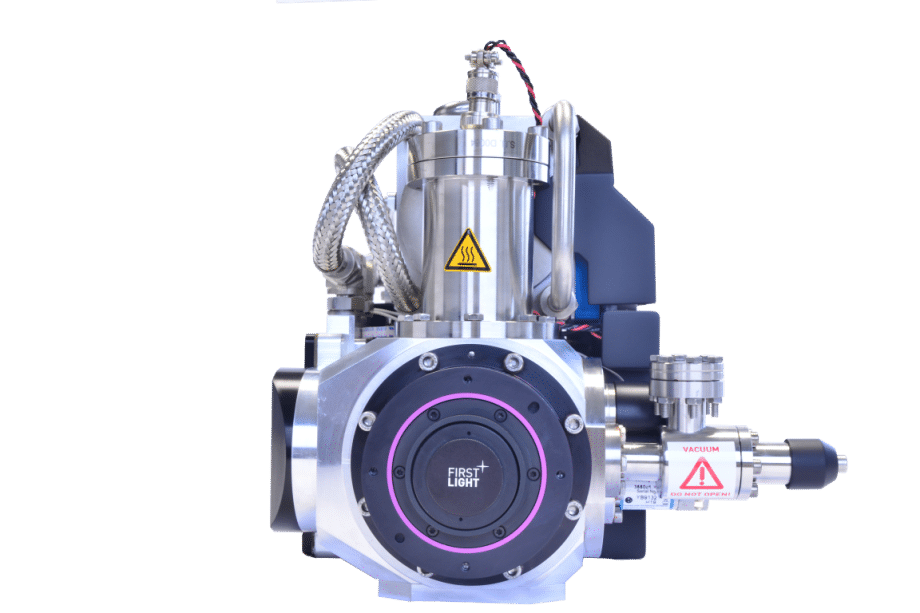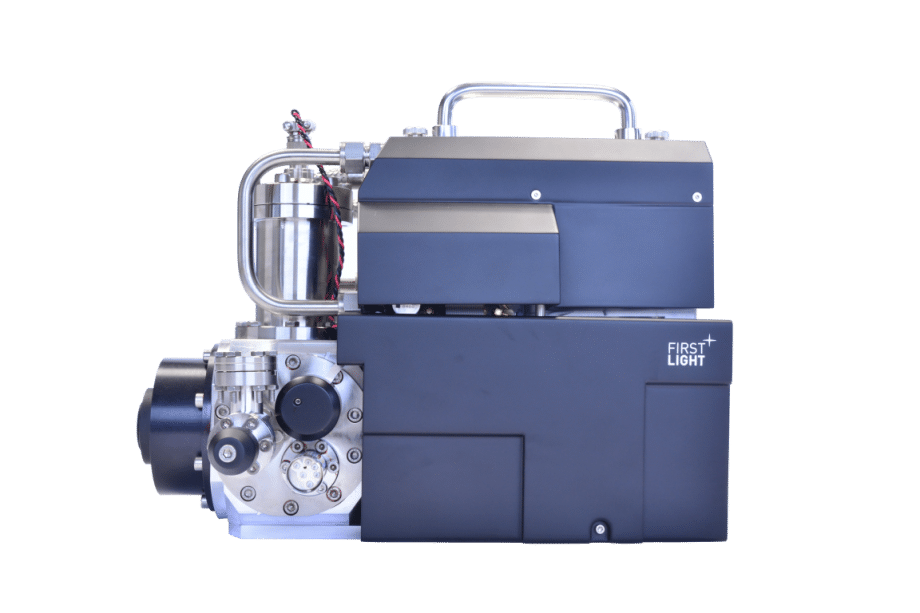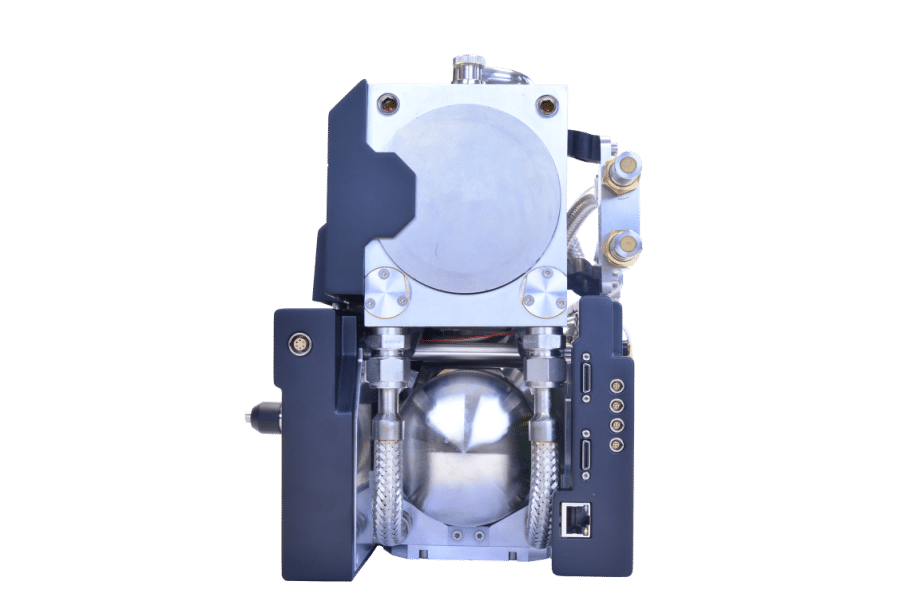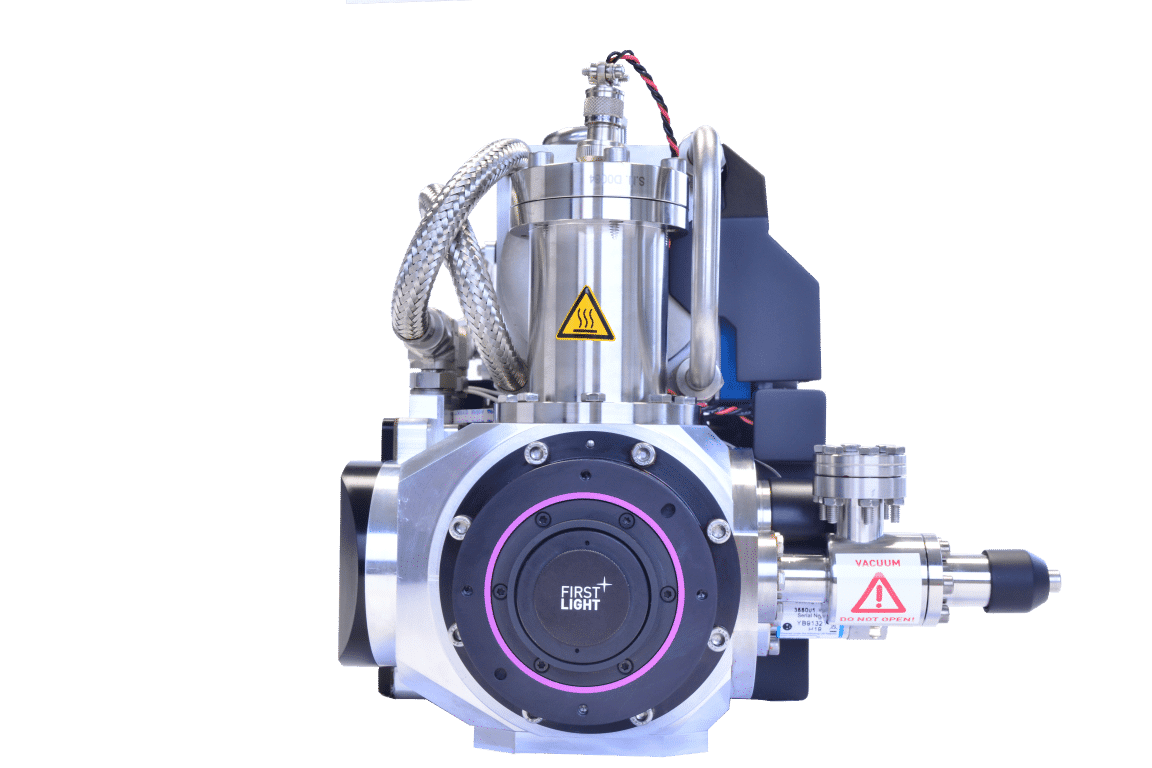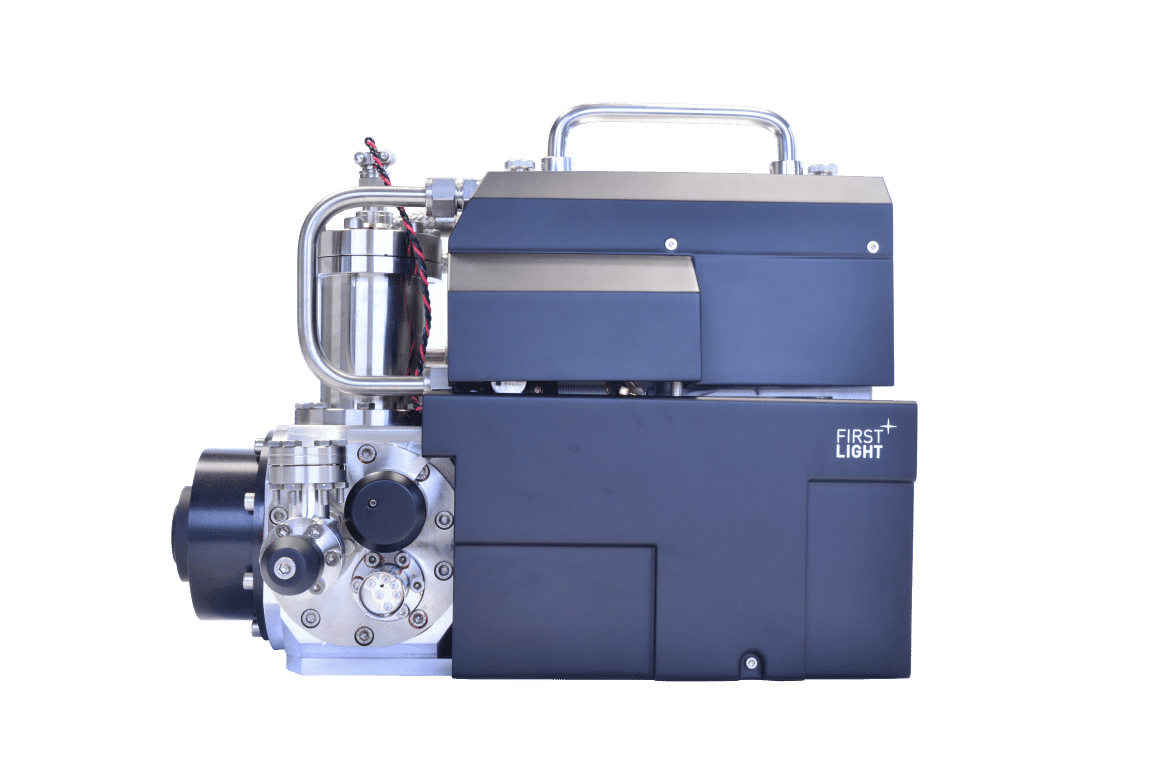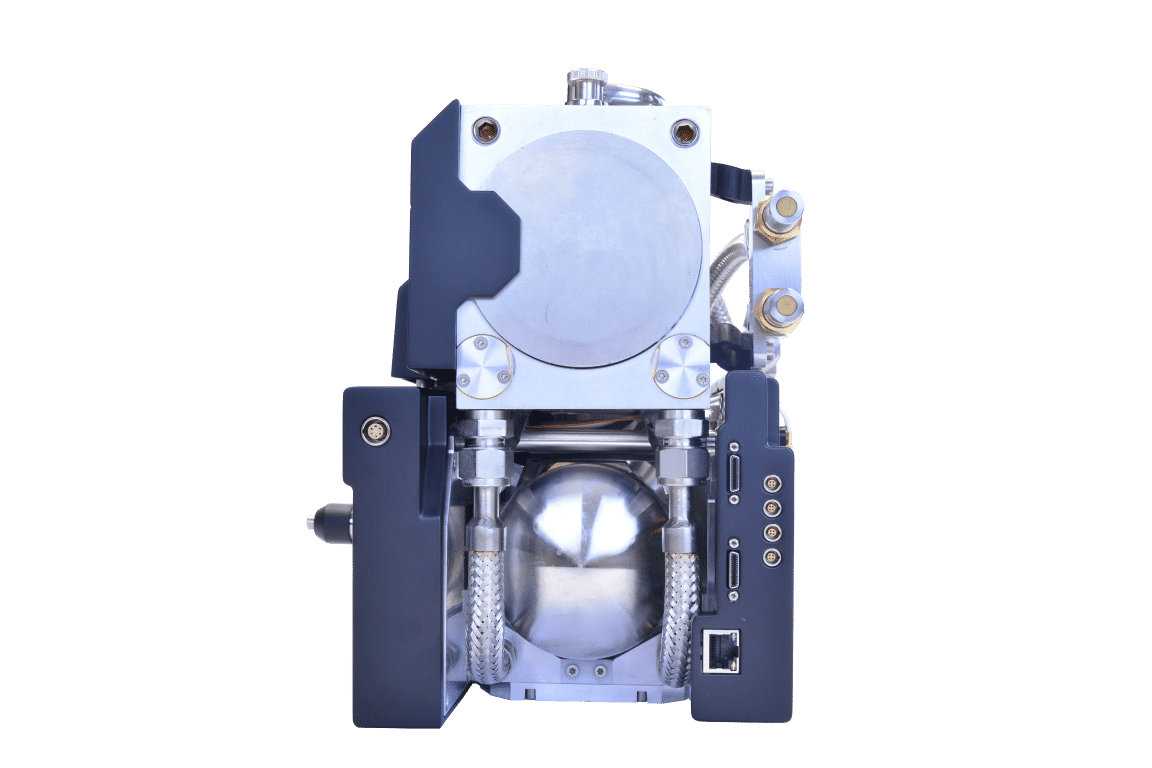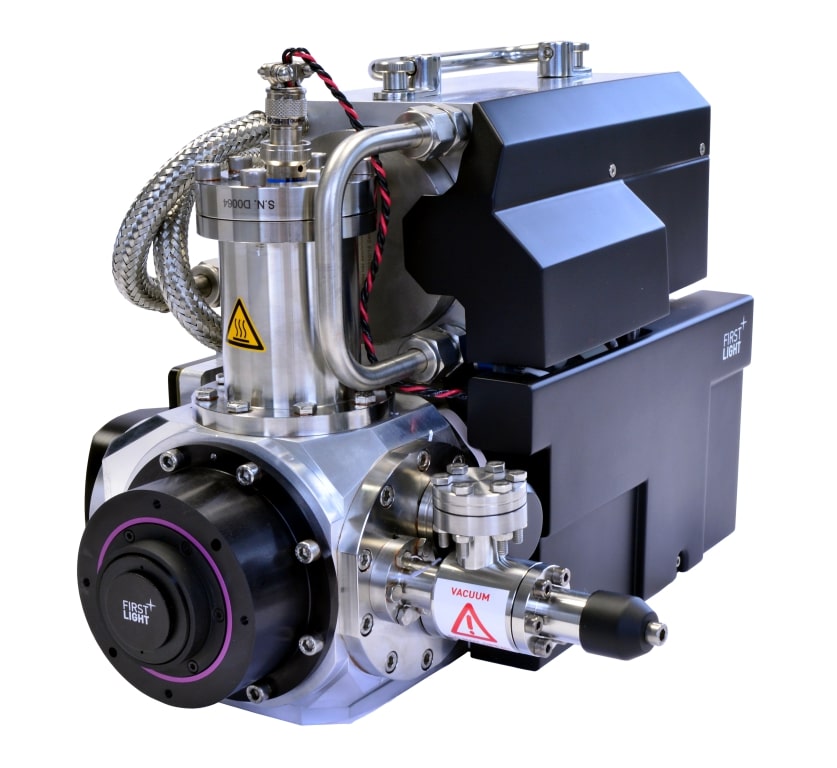SAPHIRA (320×256/24μm) is the first of a family of HgCdTe APD infrared sensors for NIR/SWIR sensing in low flux conditions for scientific applications. The paper will present the status of the latest developments of detectors suitable for a range of ground and space applications including wavefront sensing, low flux imaging, Lidar and high speed optical communications. The next generation SAPHIRA (512×512/24μm) array has an architecture specific to pyramid wavefront sensors, supported by a consortium comprising European Southern Observatory, Max Planck Institute, NRC Herzberg Institute and Potsdam University. A 1kx1k/15μm, 3-side buttable sensor called Ike Pono after the Hawaiian for ‘far-vision’ is aimed at extreme, low-flux imaging, supported by NASA through the University of Hawaii, Institute of Astronomy. A large area device suitable for LIDAR and supported by NASA also demonstrates a performance suitable for high speed optical communication applications. Most recently the development of a 2k x 2k/ 15μm device for scientific imaging has started with the support of ESA.
C-RED 1 is an ultra low noise MCT SWIR camera that uses a unique 320×256 pixels HgCdTe e-APD array with 24 μm pixel pitch. The sensor cutoff wavelength is 2.5 μm. It allows sub-electron readout noise, taking advantage of the e-APD noise-free multiplication gain and non-destructive readout ability. C-RED 1 Ultra Low Noise SWIR MCT camera is also capable of multiple regions of interest (ROI) readout. This allows faster image rate (10’s of KHz) while maintaining unprecedented subelectron readout noise.
The sensor is placed in a sealed vacuum environment and cooled down to cryogenic temperature (80K) using an integrated pulse tube, with a high reliability (MTBF > 90 000 h) much higher than standard stirling coolers used usually with cooled infrared arrays.
In its default full frame mode, the C-RED SWIR e-APD One makes it possible to acquire frames at 3.5 kHz. In its smallest window mode, the camera can run a little over 71 kHz. The high sensitivity of the camera, coupled with the high frame rate, are real game changers in the realm of high-contrast imaging and really make it possible to envision driving a deformable mirror directly from the focal plane. At these speeds, speckles don’t stand a chance!
See our SWIR application page

